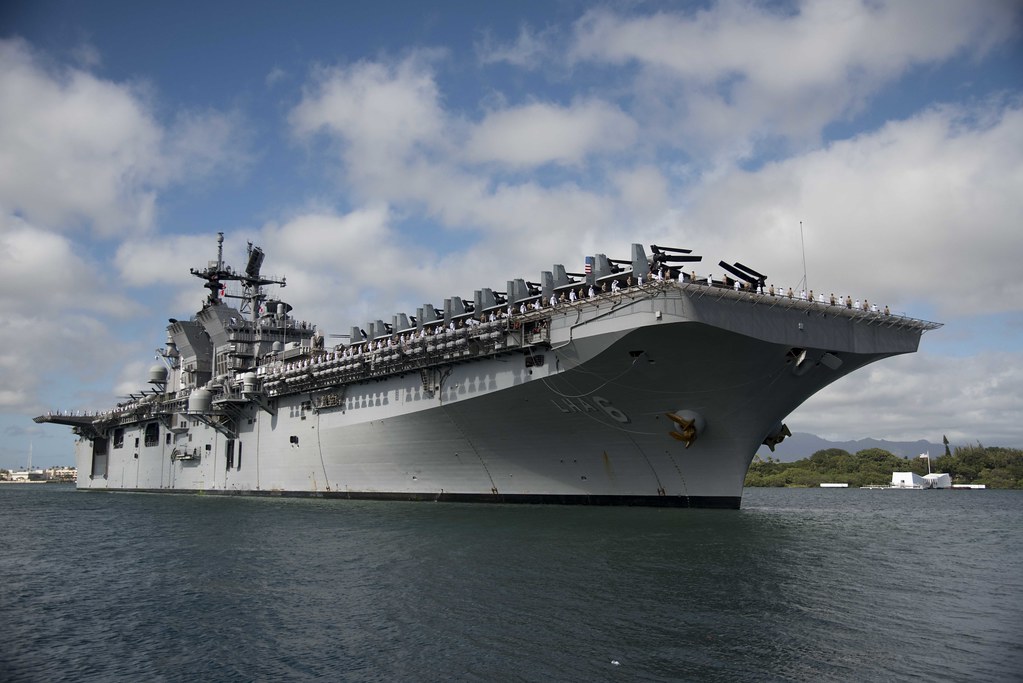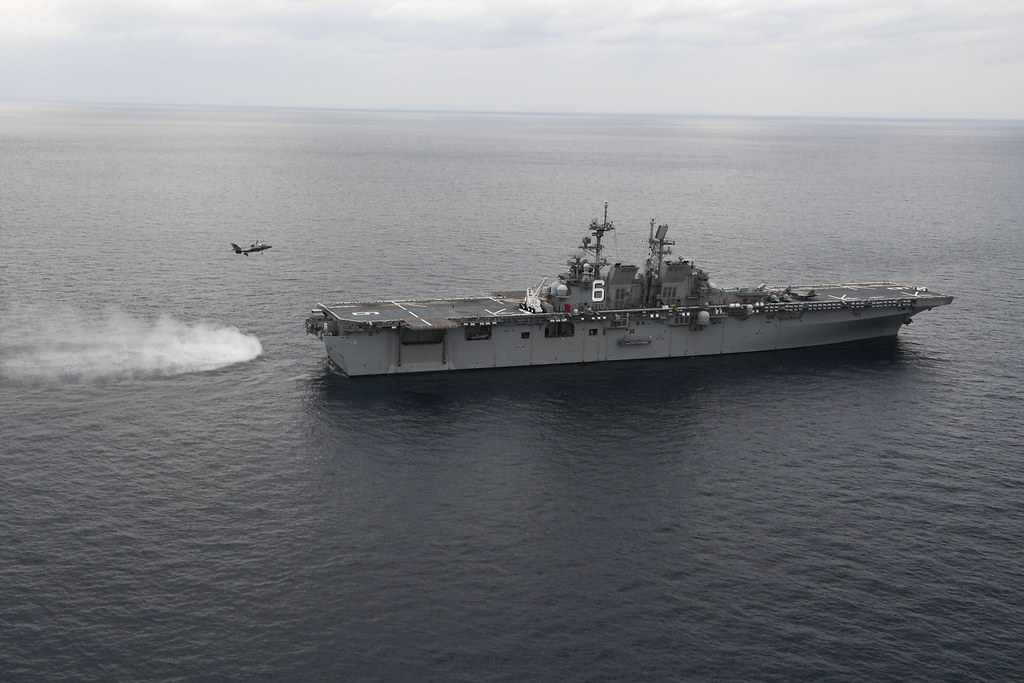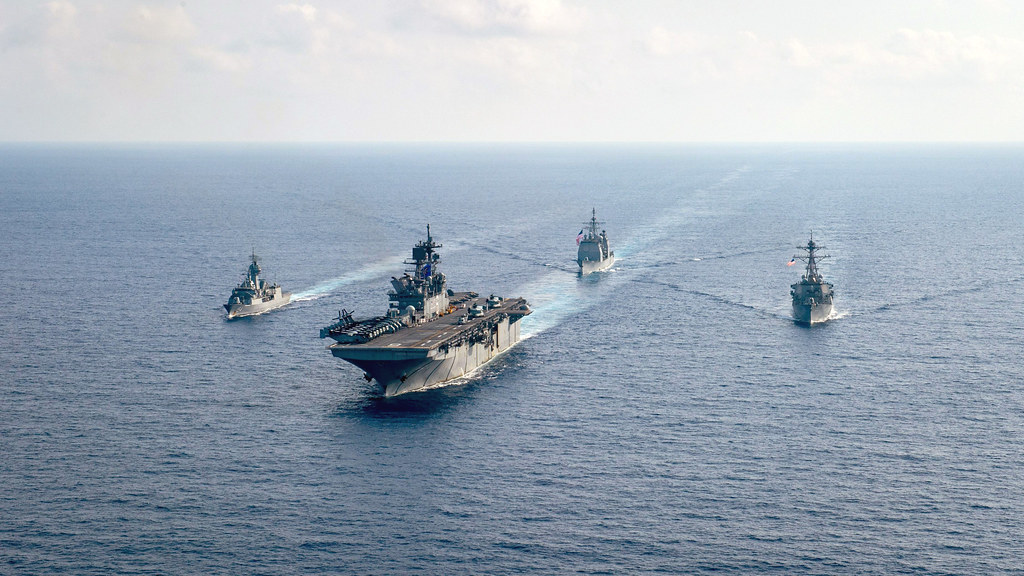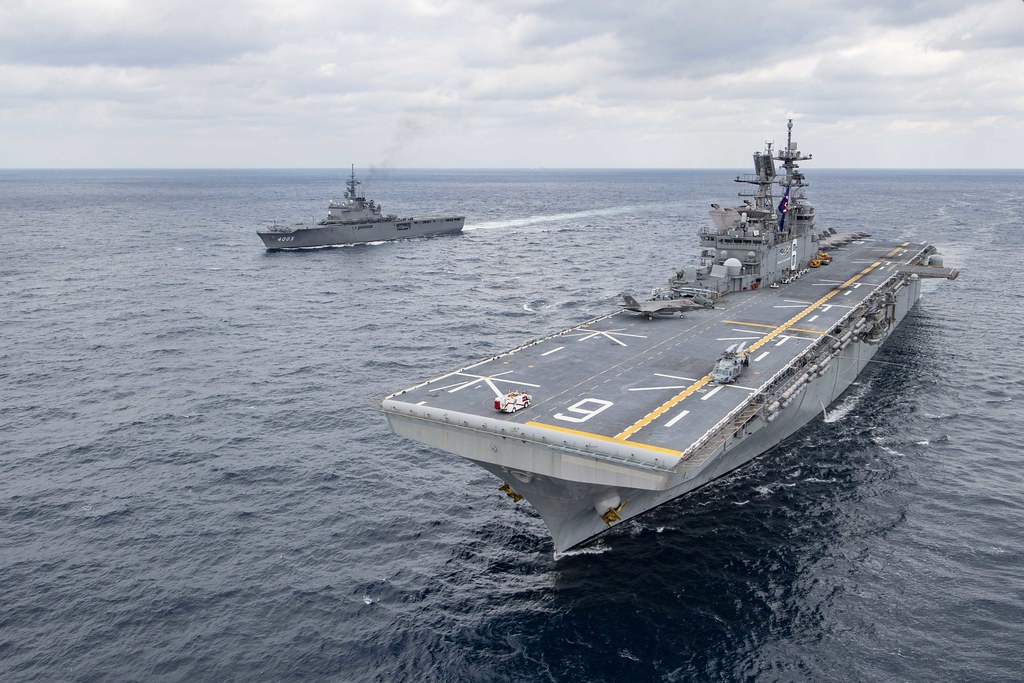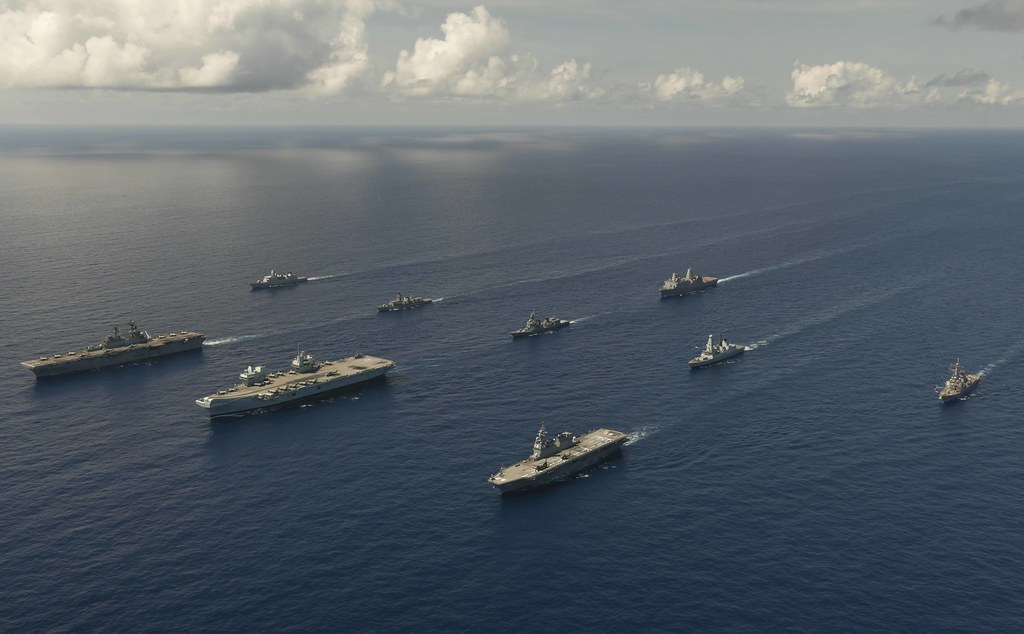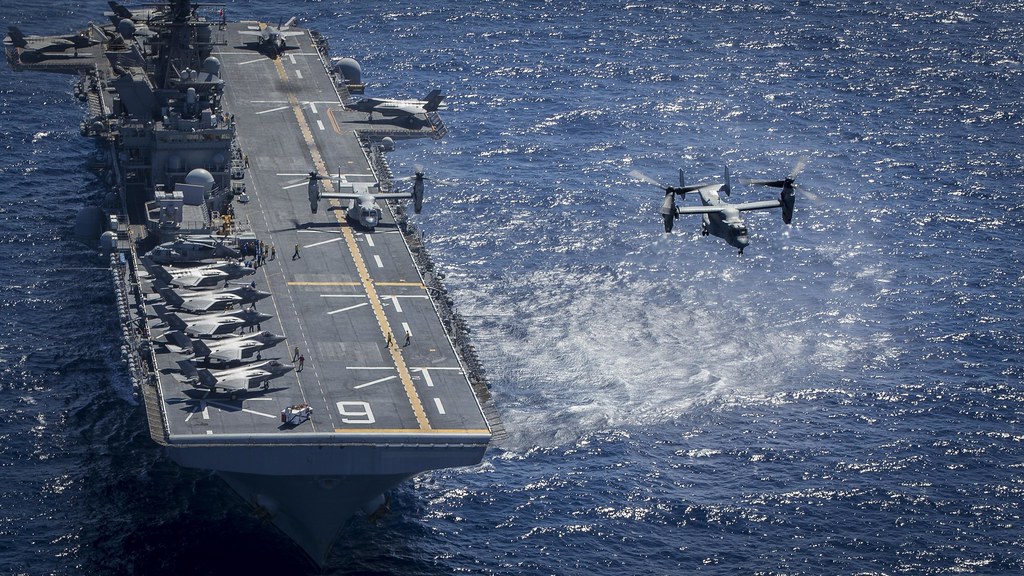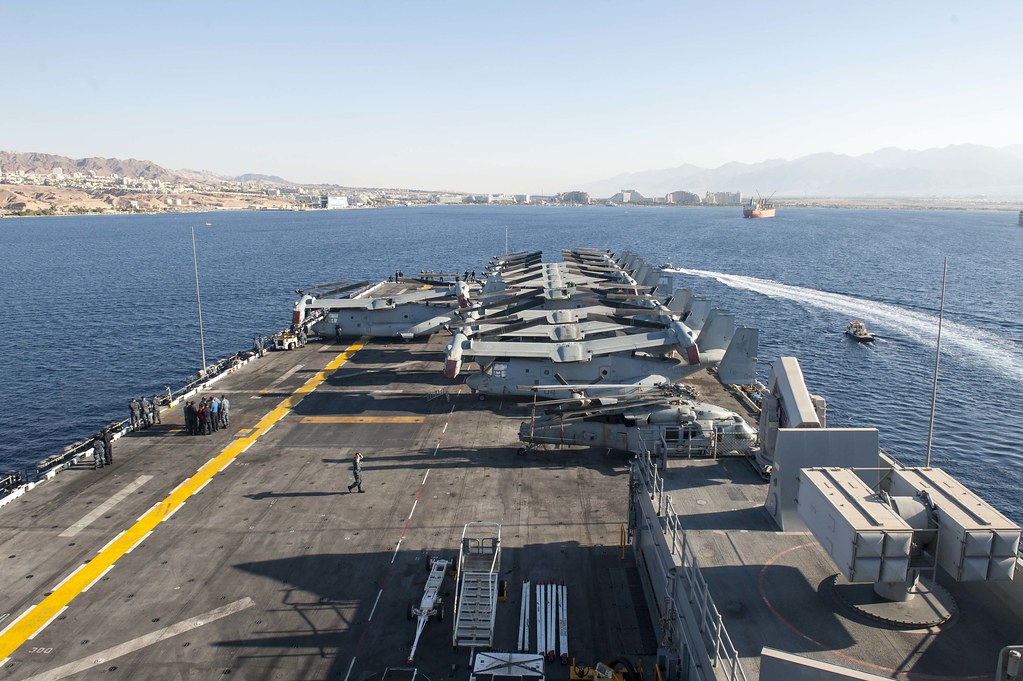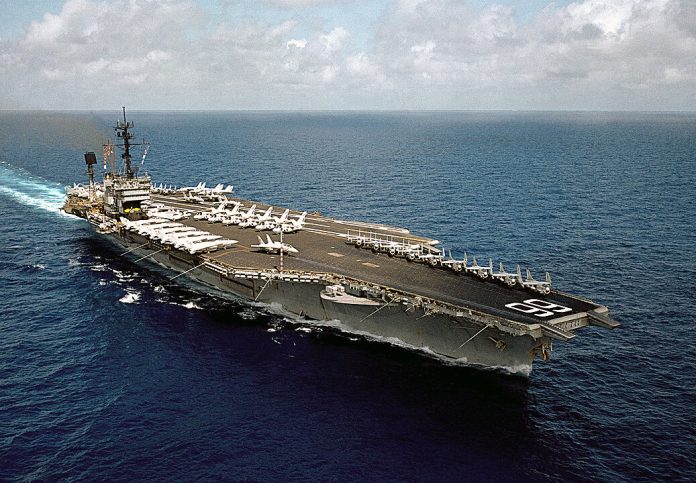
In 2005, the USS America, a storied aircraft carrier with a venerable service record, undertook its final mission—not in battle, but as a testbed to inform the future of naval architecture and carrier resilience. Commissioned in 1965 and retired in 1996, the USS America was subjected to a sink test designed to replicate the destructive force of enemy attacks and observe the ship’s response. The results of this operation, which culminated on May 14, 2005, when the carrier was finally scuttled, provided invaluable data for the Navy’s next generation of carriers, including the Gerald R. Ford-class.
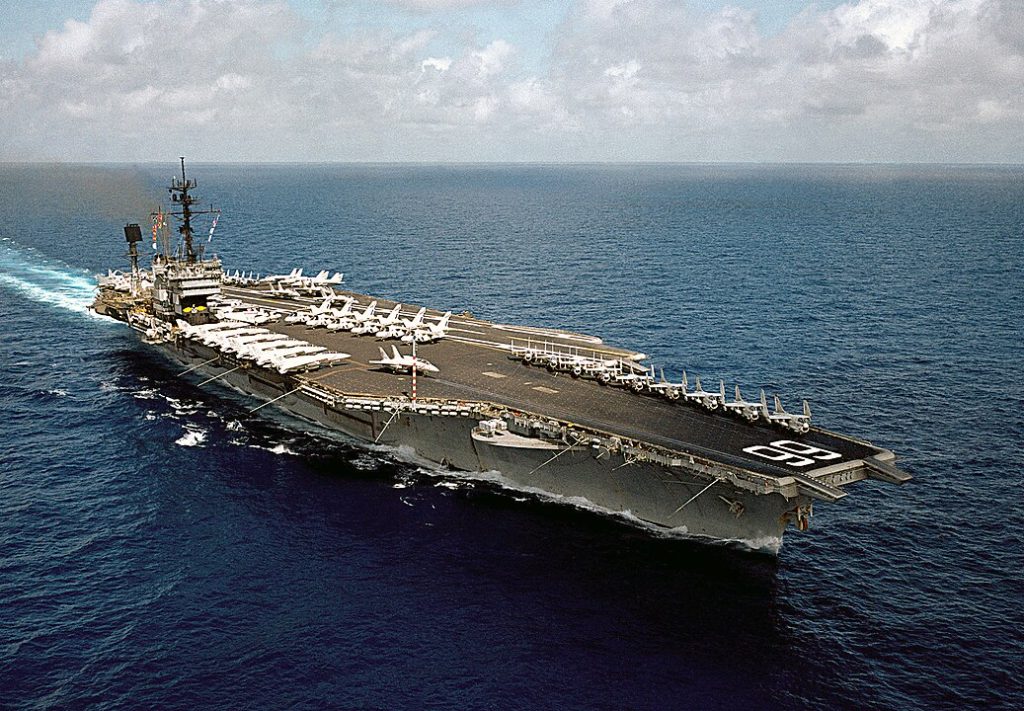
The USS America was a non-nuclear, conventionally powered behemoth of the Kitty Hawk supercarrier class, displacing 83,573 tons, and was equipped with four hangar elevators servicing an impressive air wing. During the Vietnam War, the carrier’s air wing executed 10,500 sorties without losing a single pilot, dropping over 11,000 pounds of bombs. The carrier’s air defenses were robust, featuring advanced radars and sensors, surface-to-air missiles, and a close-in weapons system.
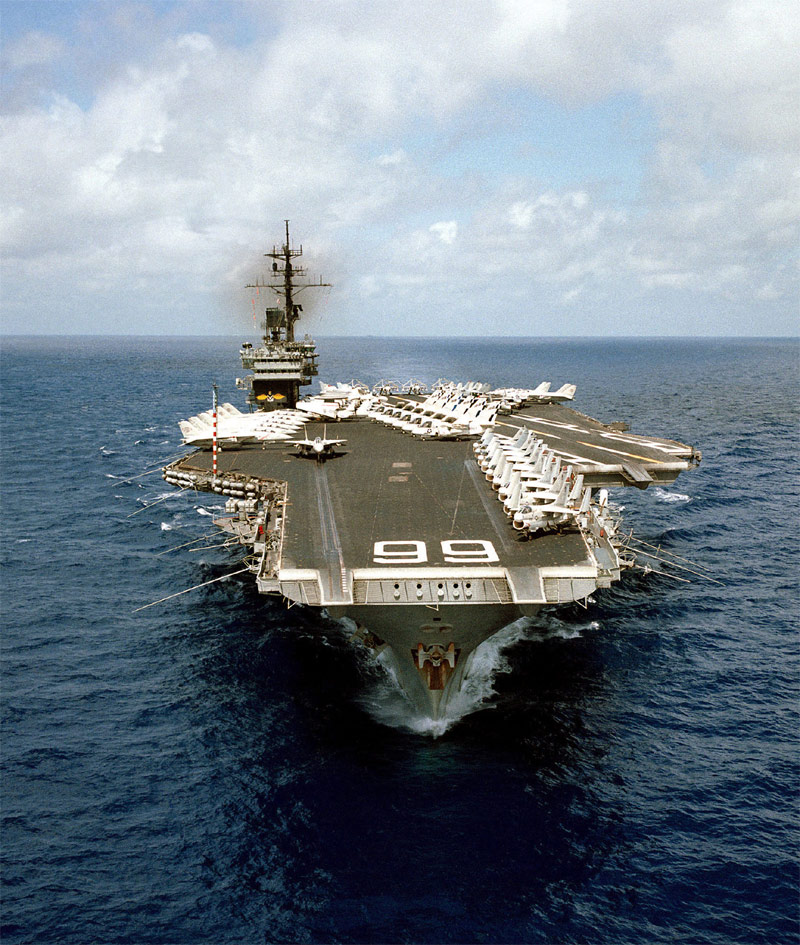
Beyond Vietnam, the America patrolled the Persian Gulf and played a crucial role in Operation Desert Storm, launching 3,000 sorties against Iraqi positions. The carrier demonstrated its mettle off the coasts of Libya, Iraq, Haiti, and Bosnia, showcasing its capability to engage and survive in multifaceted theatres of conflict.

However, it was the tests conducted a decade after its decommissioning that underscored the ruggedness of this maritime giant. Simulating attack scenarios with explosions on board, the tests aimed to examine how the carrier would endure and cope with extensive damage. Dario Leone of the Aviation Geek Club cited a quote from mechanical engineer Blake Horner on Quora which sums up the purpose of these tests: “[T]he whole point of the tests was to make future carriers more survivable, as well as see how warships reacted to underwater explosion and damage.” The tests were not intended to sink the USS America immediately but to understand the limits of its endurance.
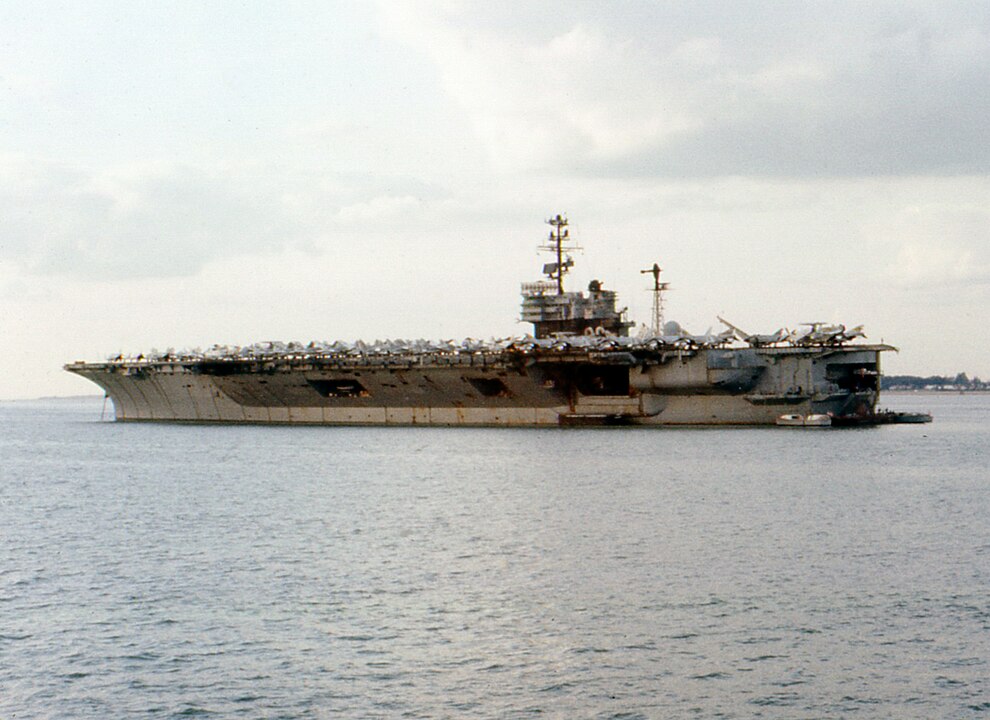
After withstanding weeks of explosions, the sink test revealed the outstanding survivability of large carriers like the USS America. The evaluators discovered that it was challenging to destroy a ship of its size with a double hull. Based on Horner’s analysis, they determined that missiles would need to penetrate multiple compartments and vacant areas in order to inflict fatal damage on a large carrier. These insights played a crucial role in shaping the design of future carriers like the Gerald R. Ford-class.
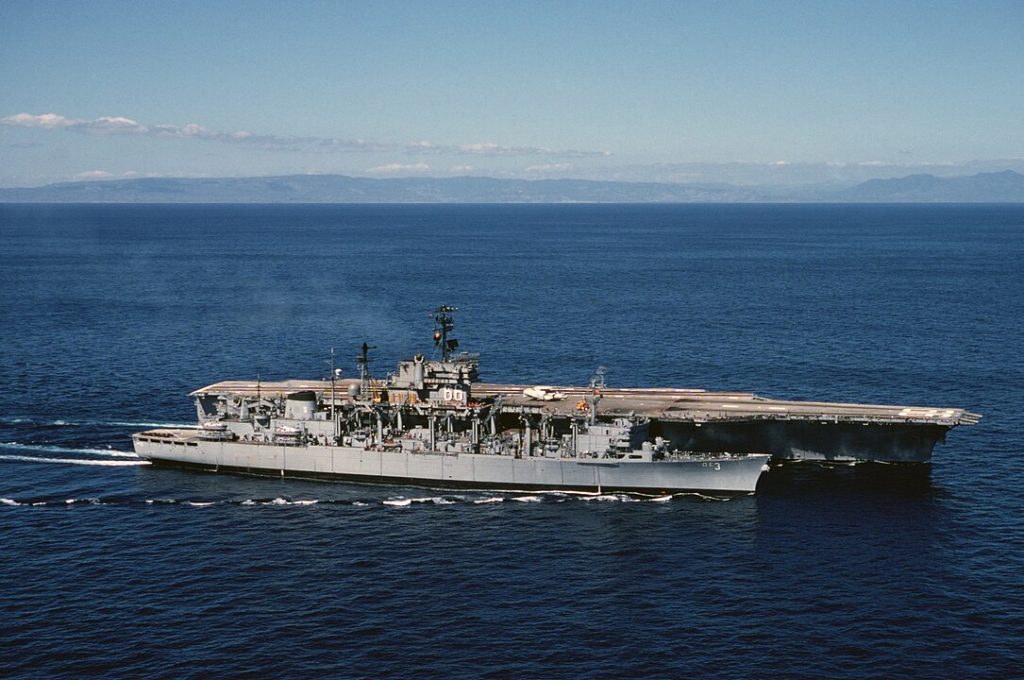
The USS America, having served admirably for 30 years, now rests at the ocean floor between Charleston, South Carolina and Bermuda.

The sacrifice of USS America was not in vain. The data garnered from its intentional sinking fed directly into the design of the next generation of carriers, ensuring that lessons learned from its resilience would live on in the U.S. Navy’s future flagships. The America’s 30-year legacy of service, followed by its ultimate contribution in the depths between Charleston, South Carolina, and Bermuda, cements its status as an indomitable force that continued to serve beyond its active years.
related images you might be interested.

